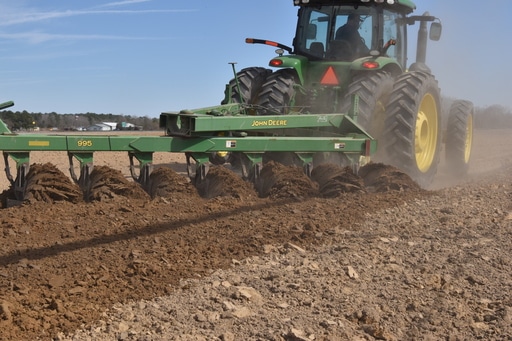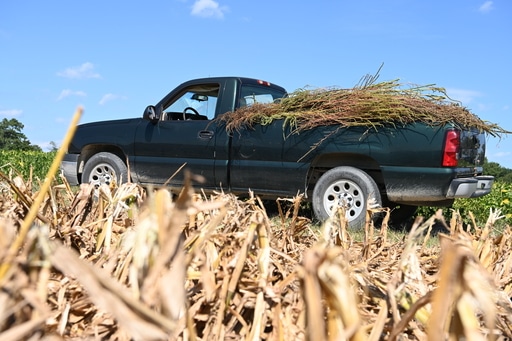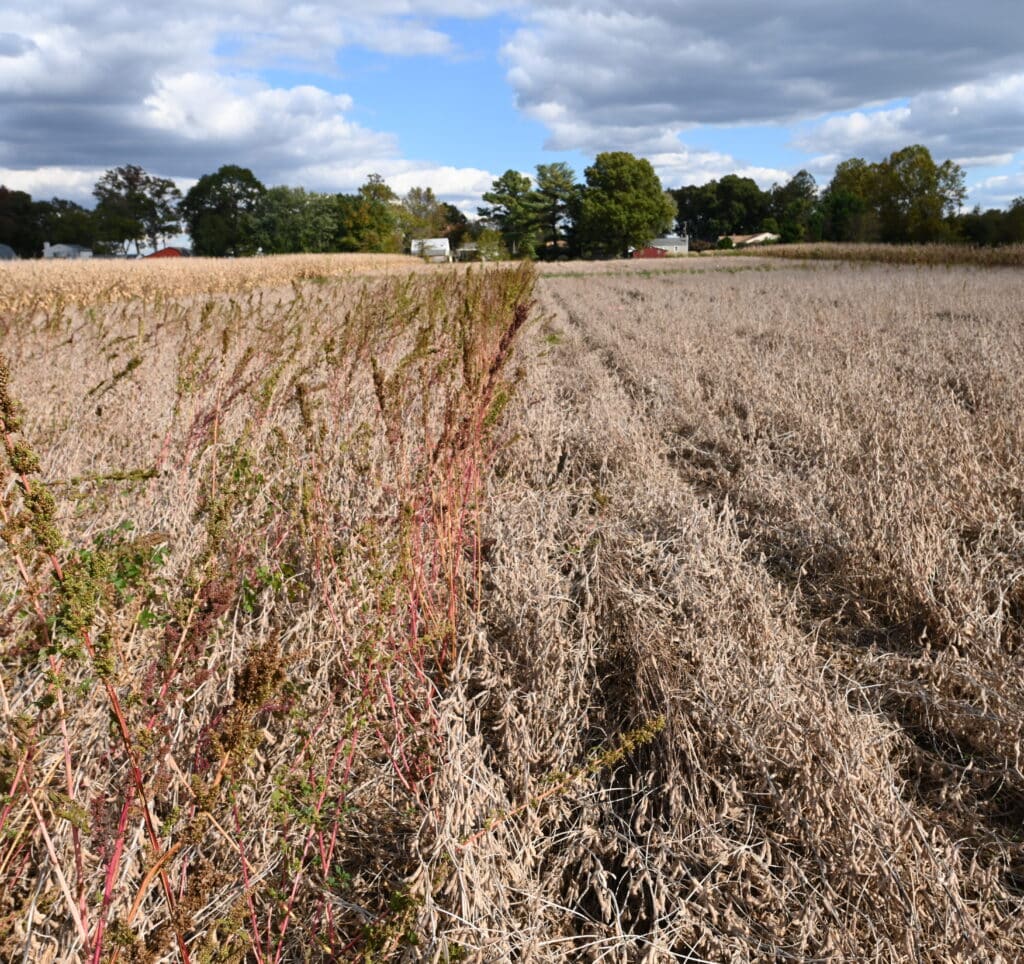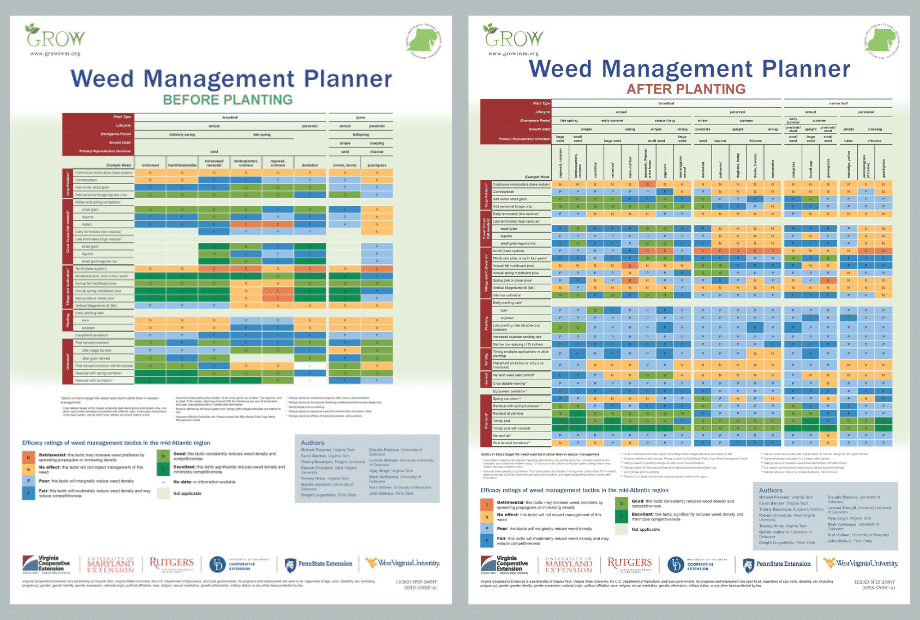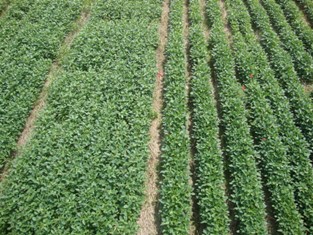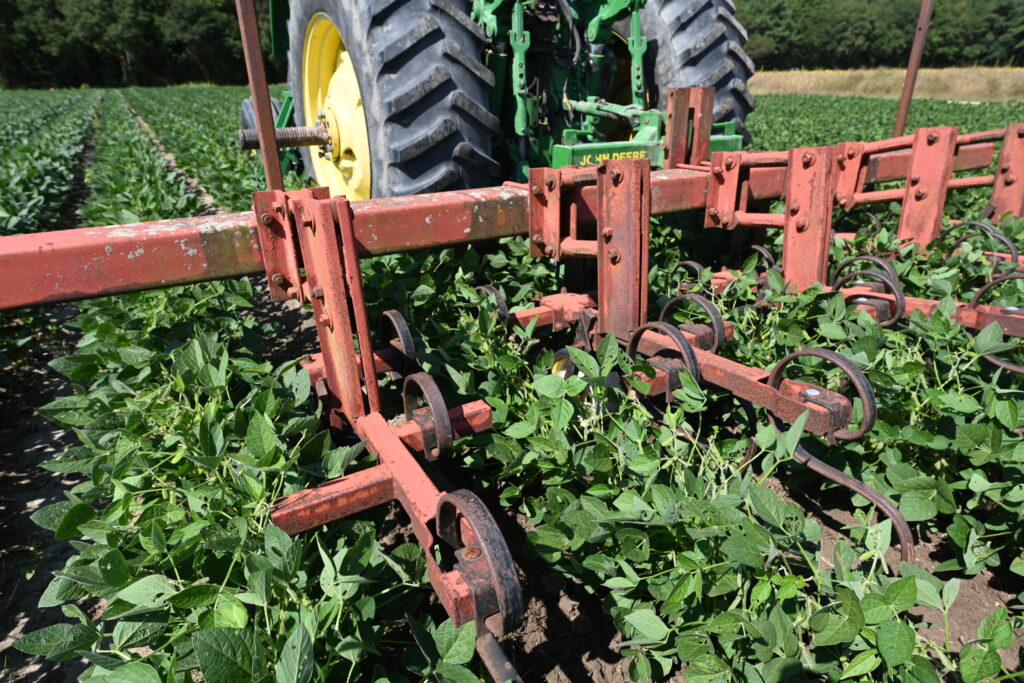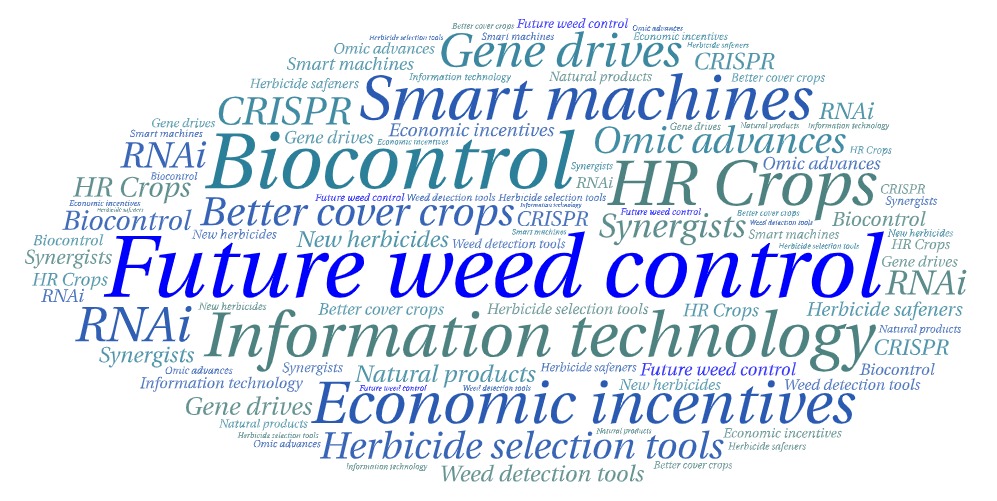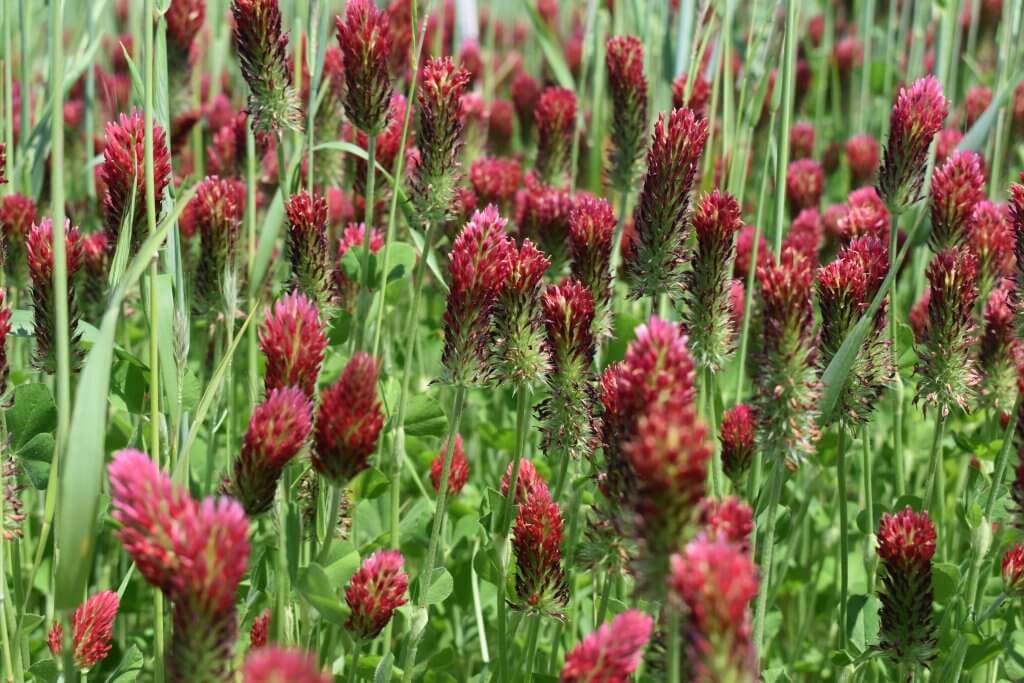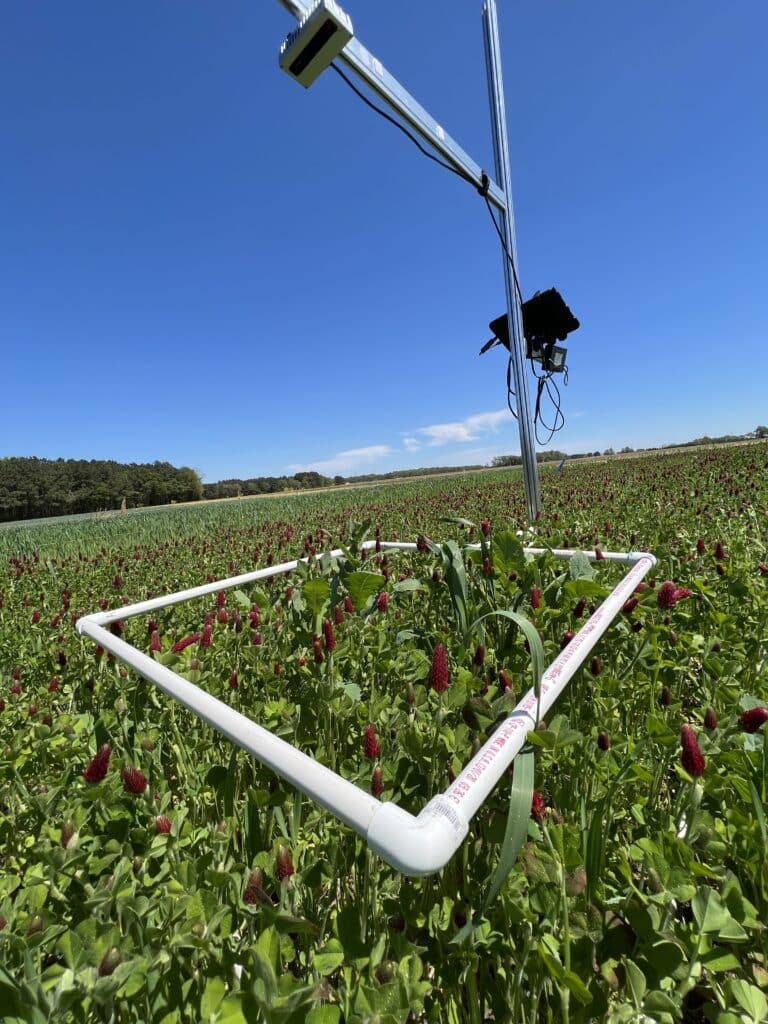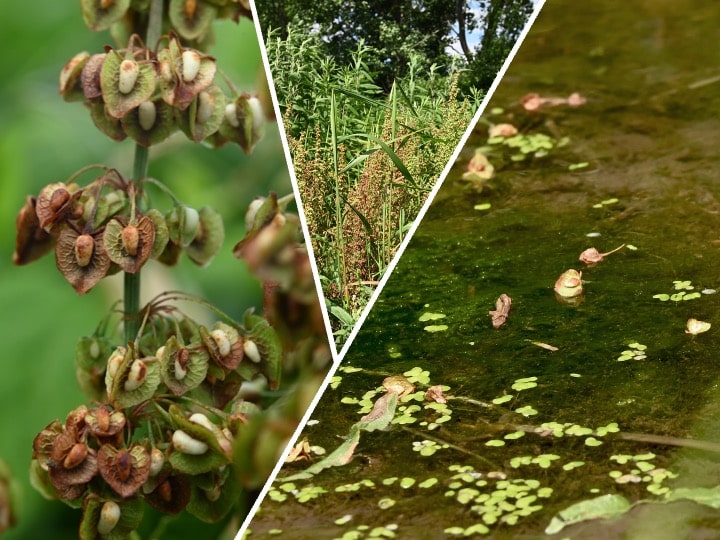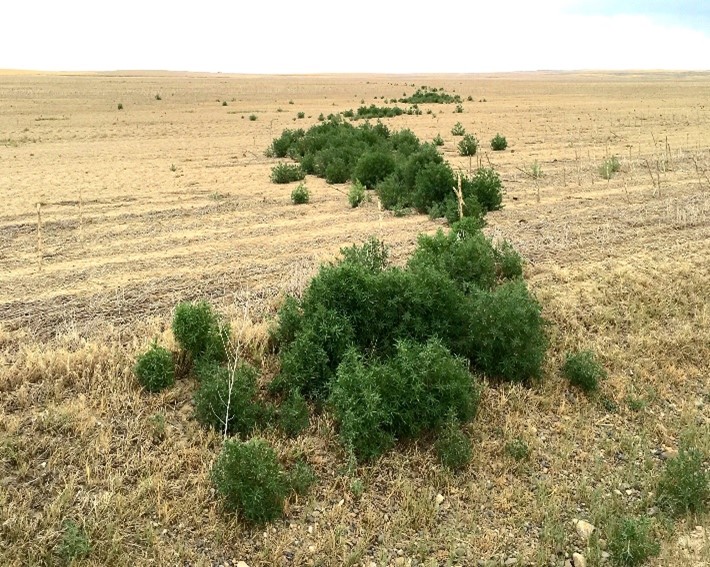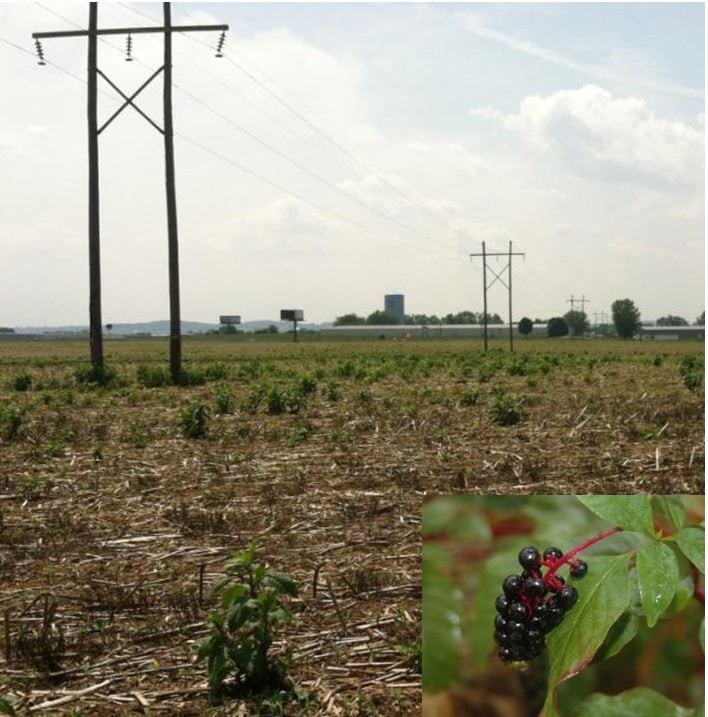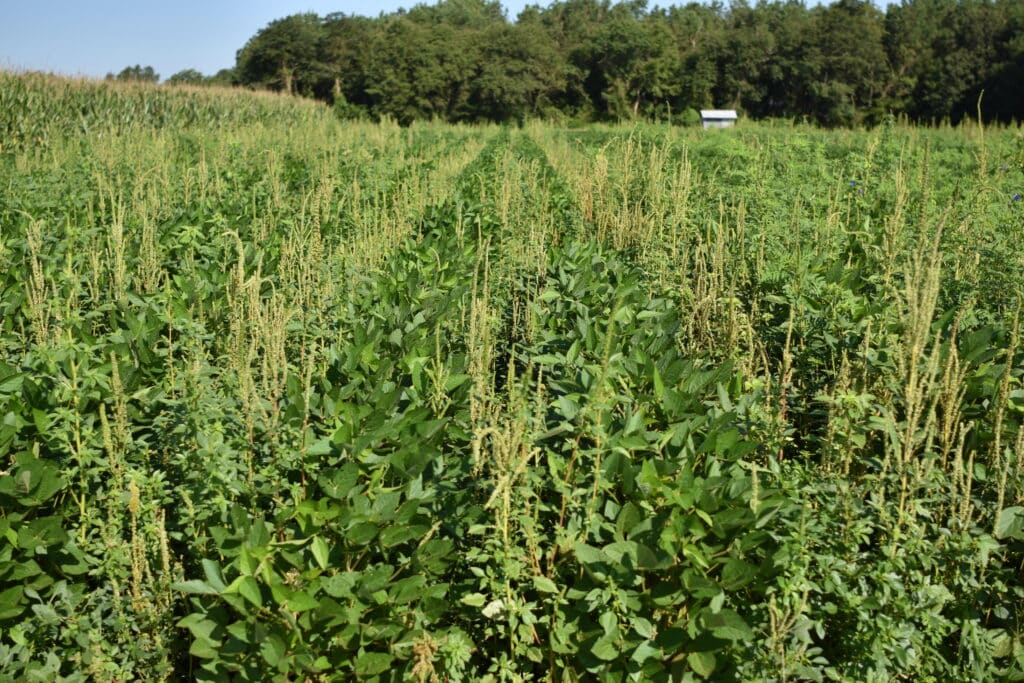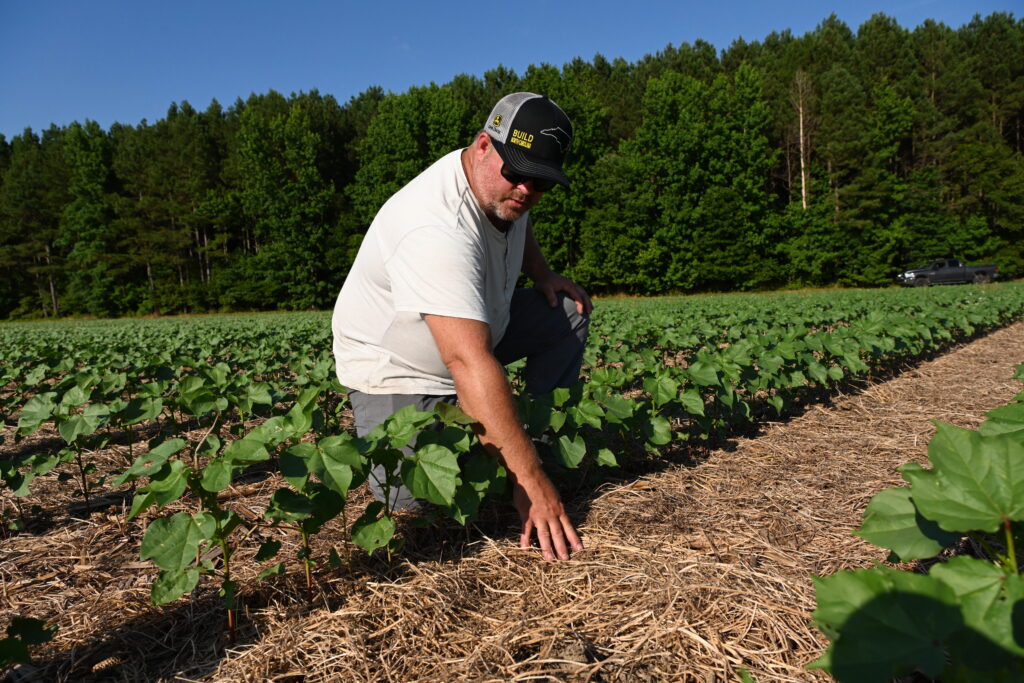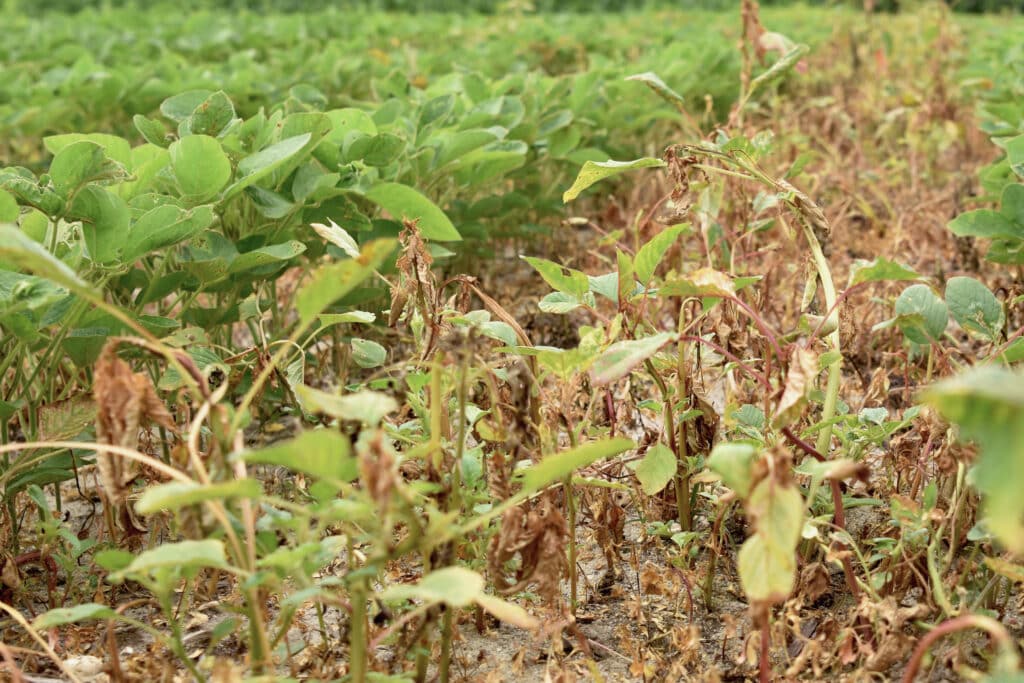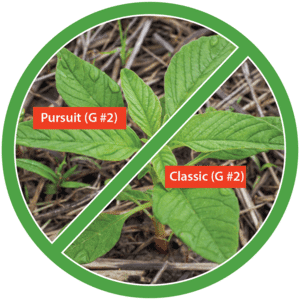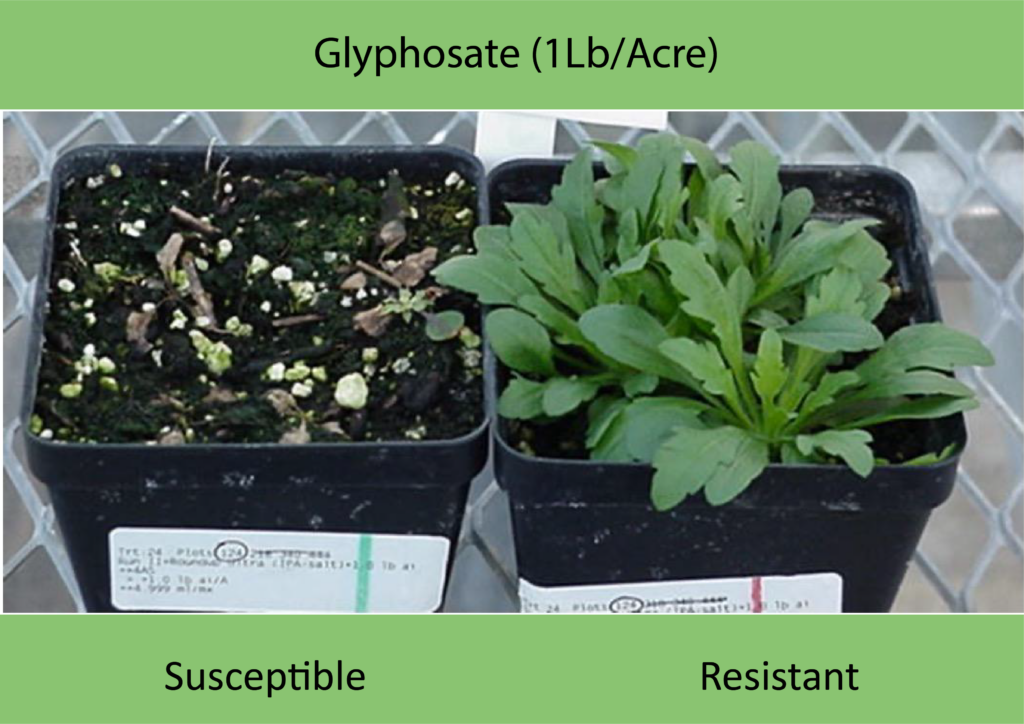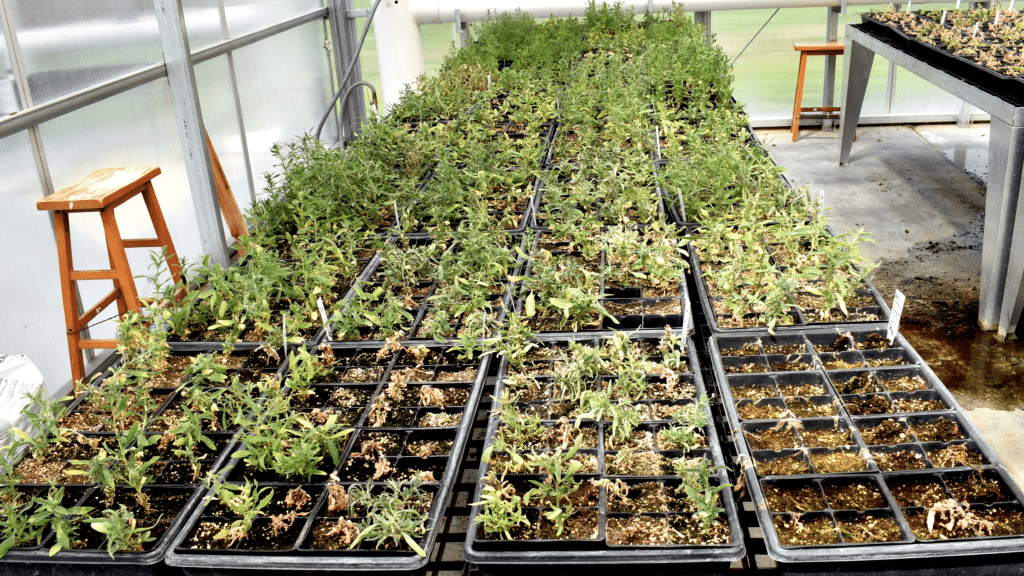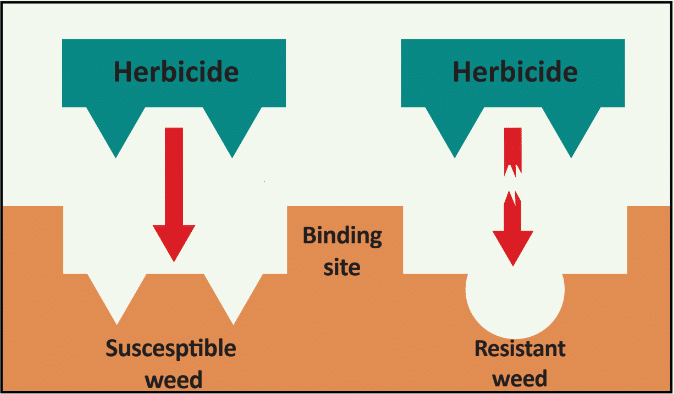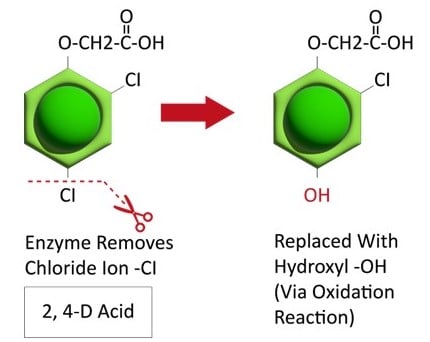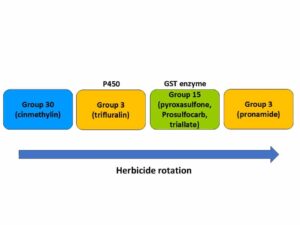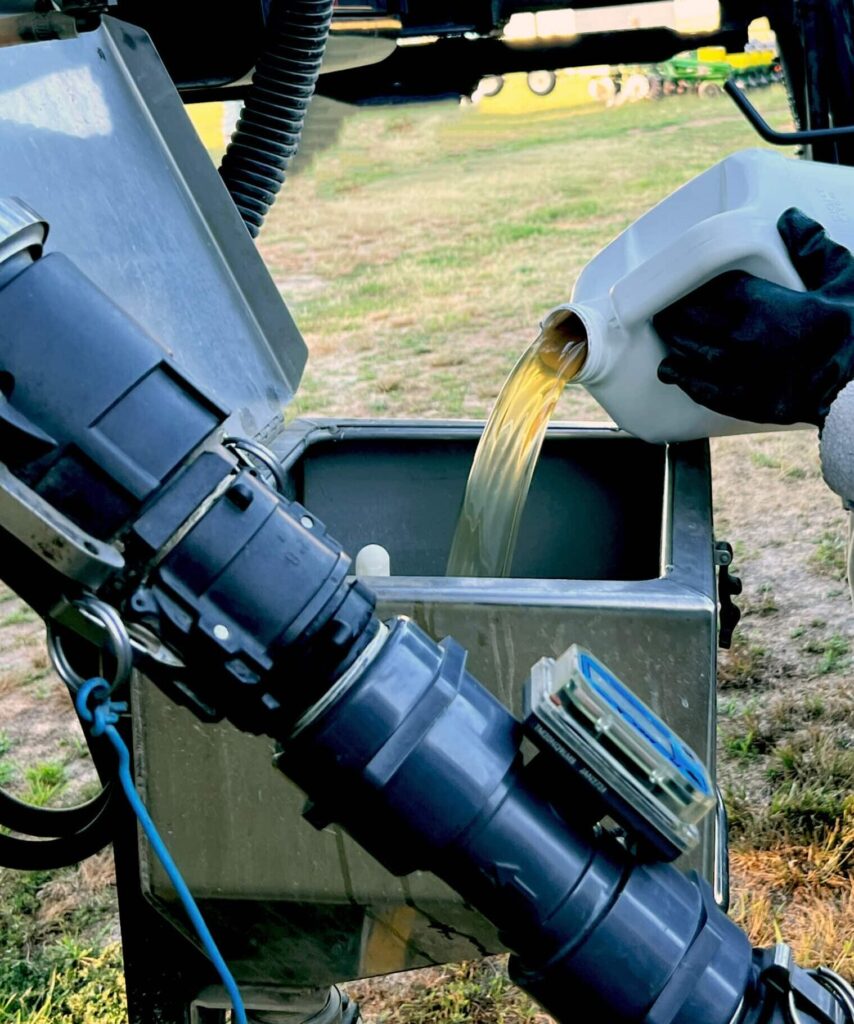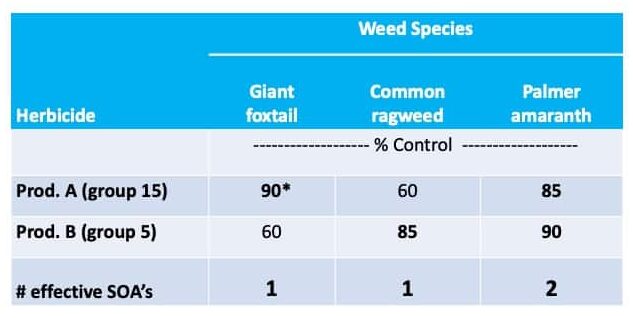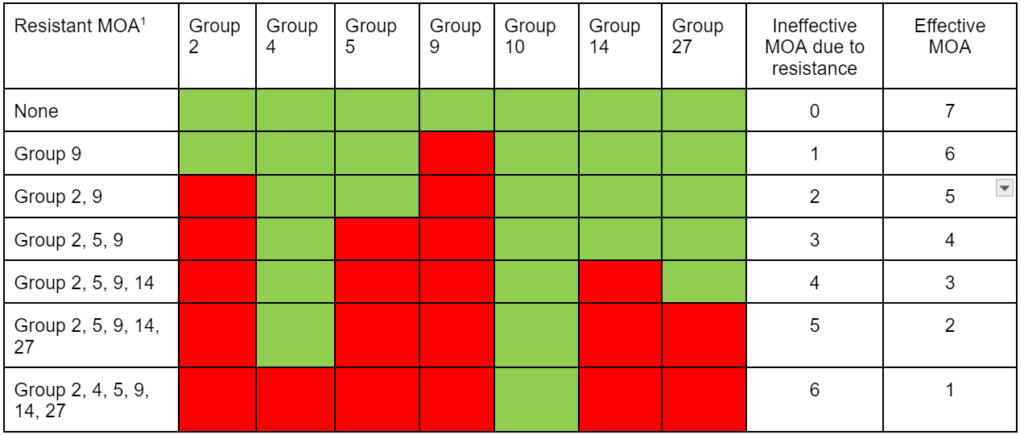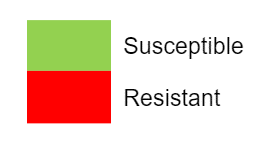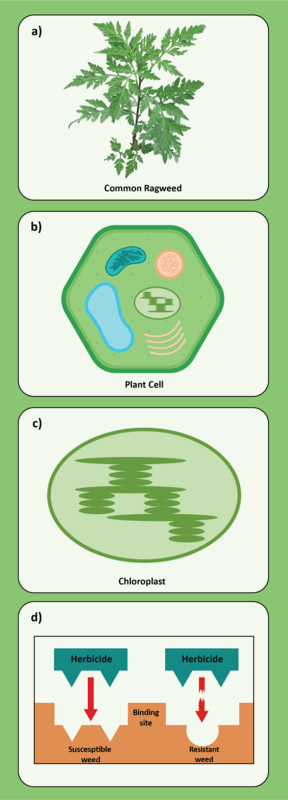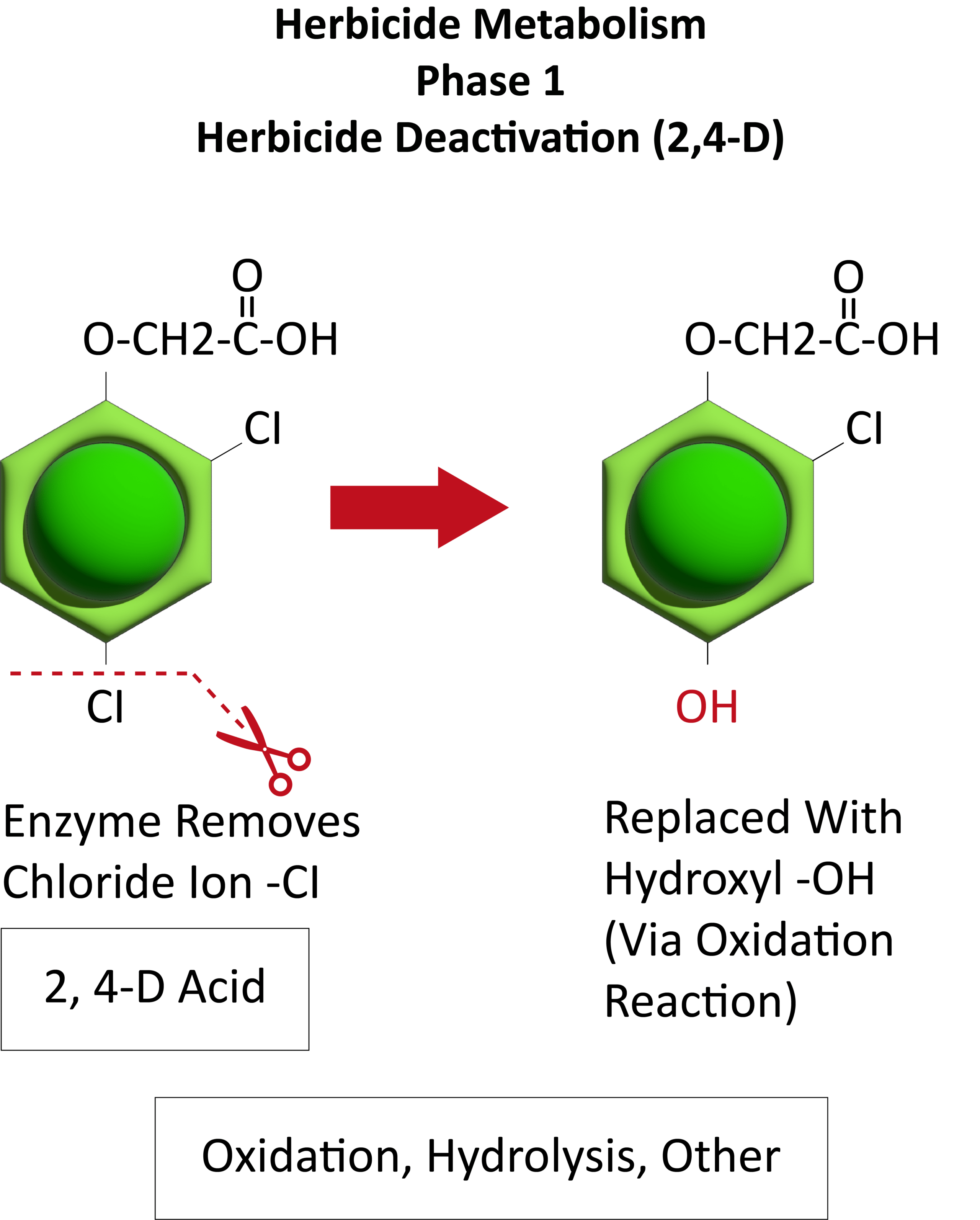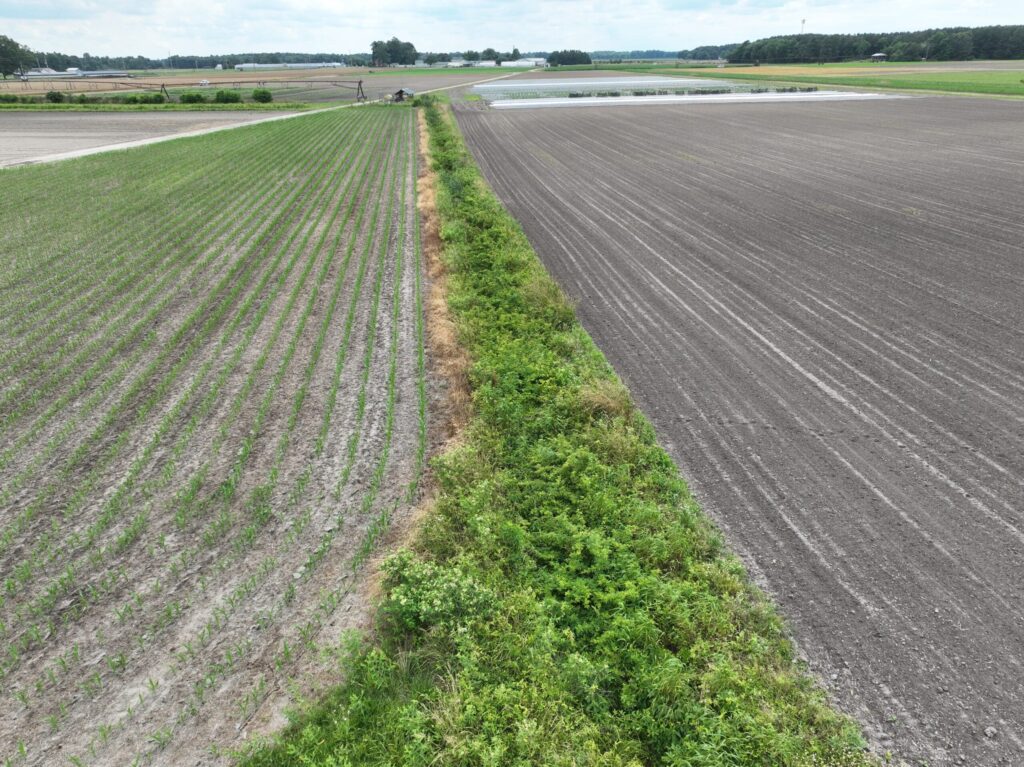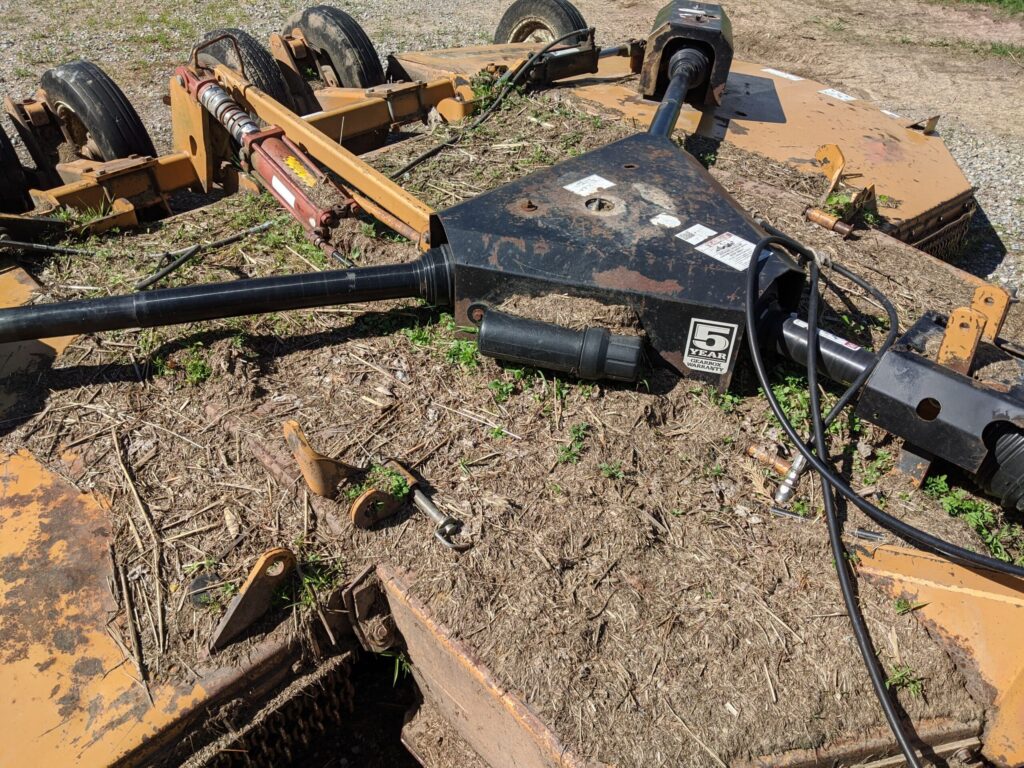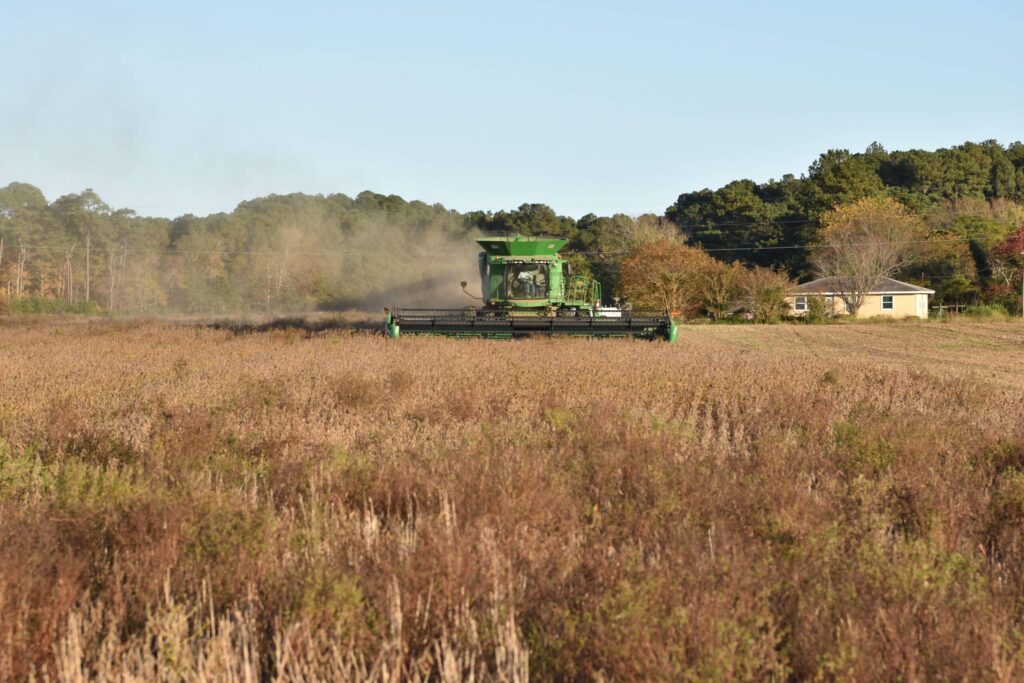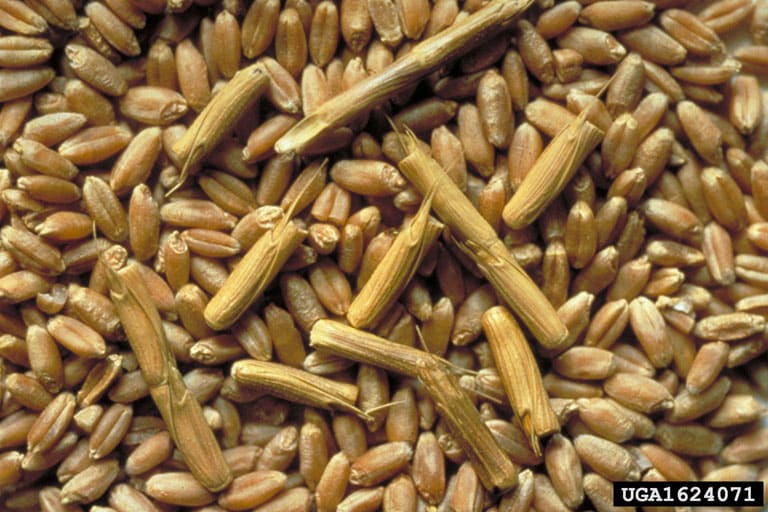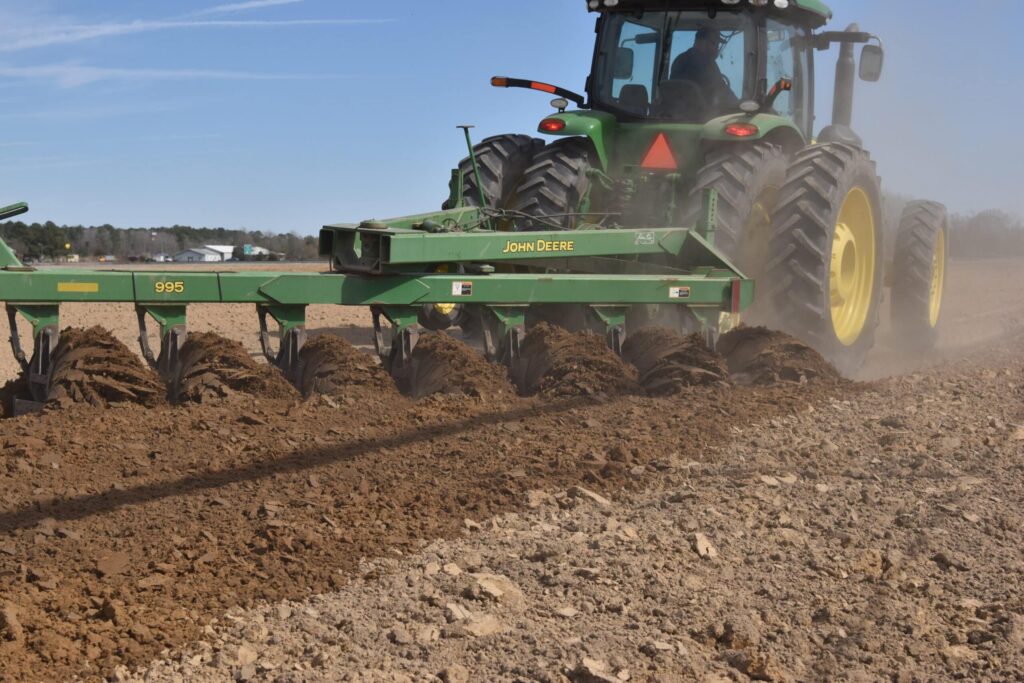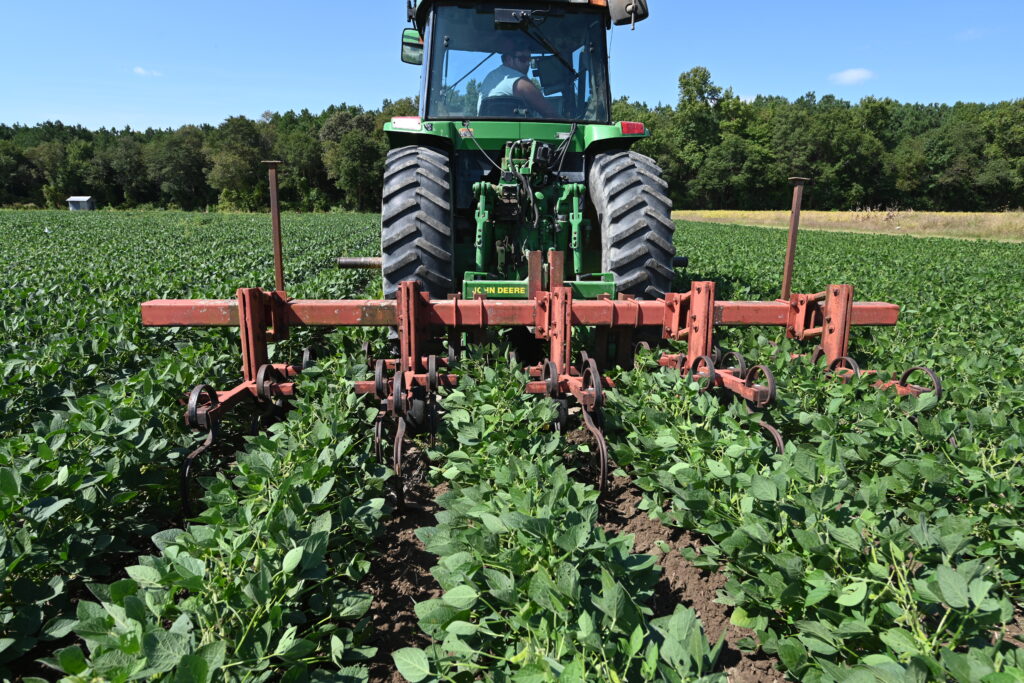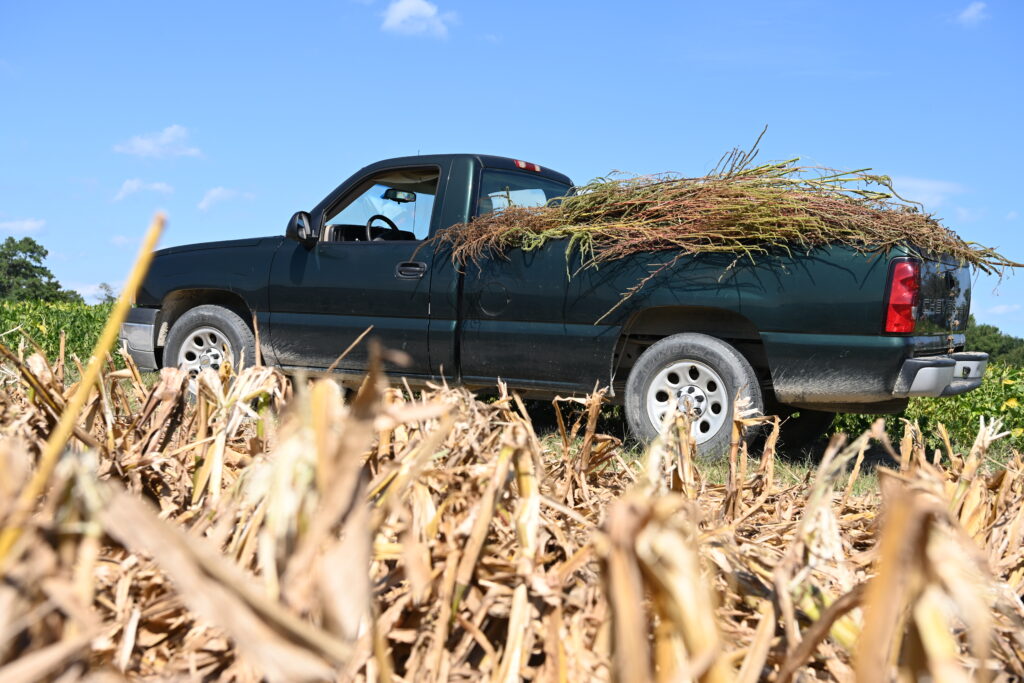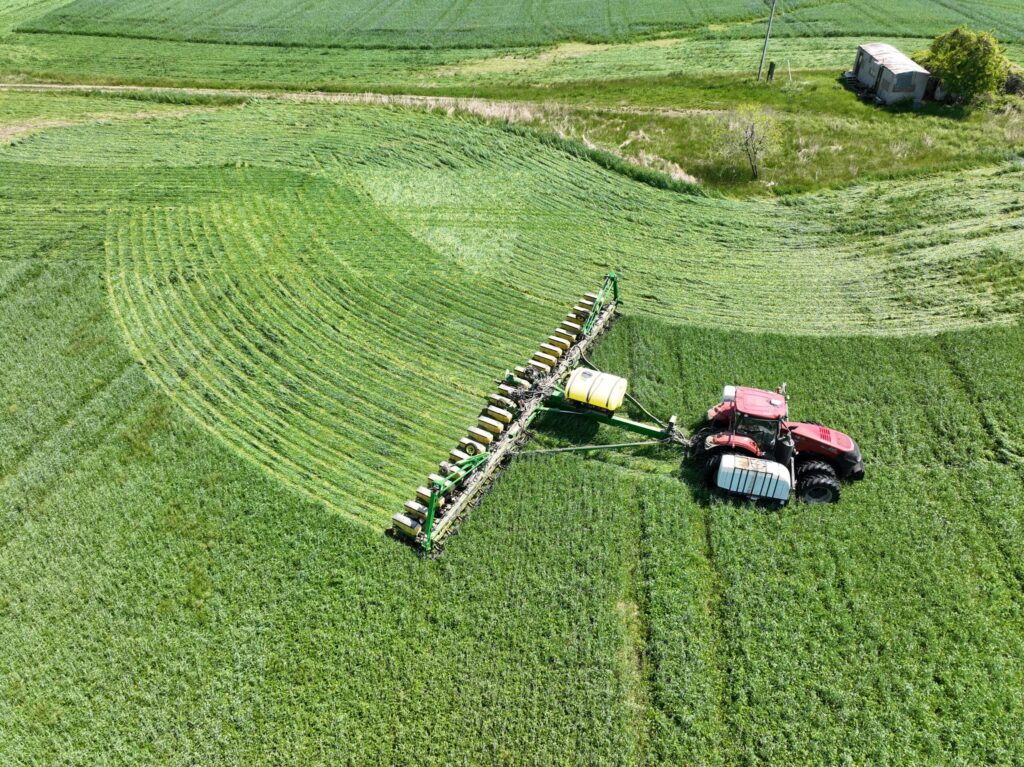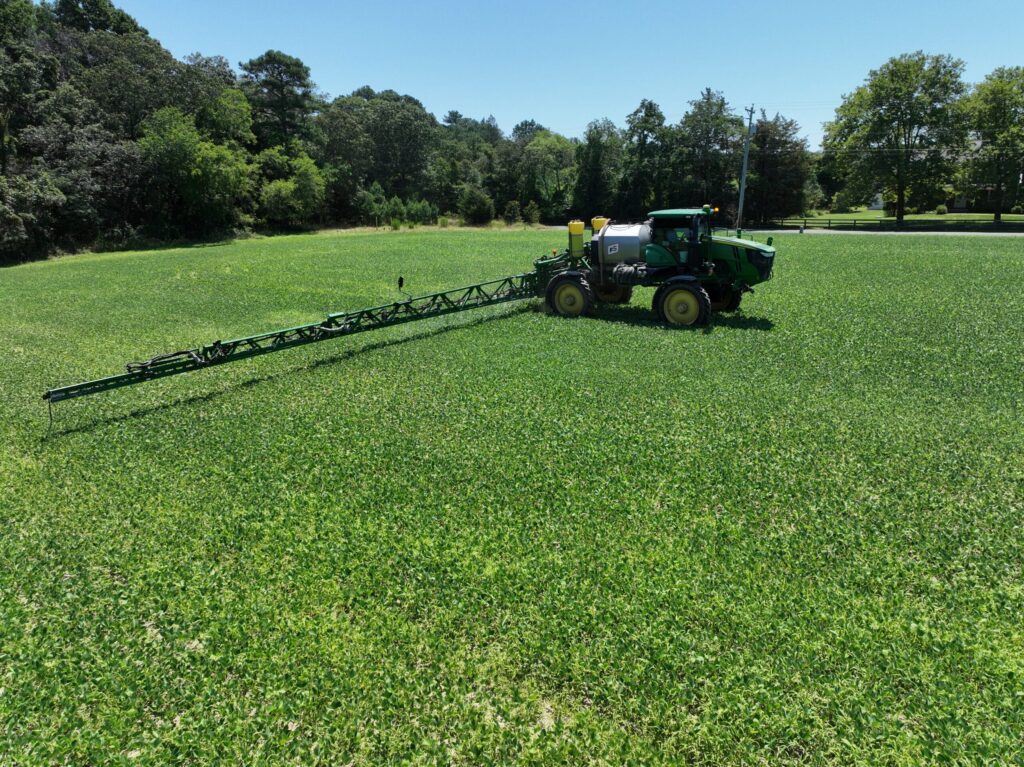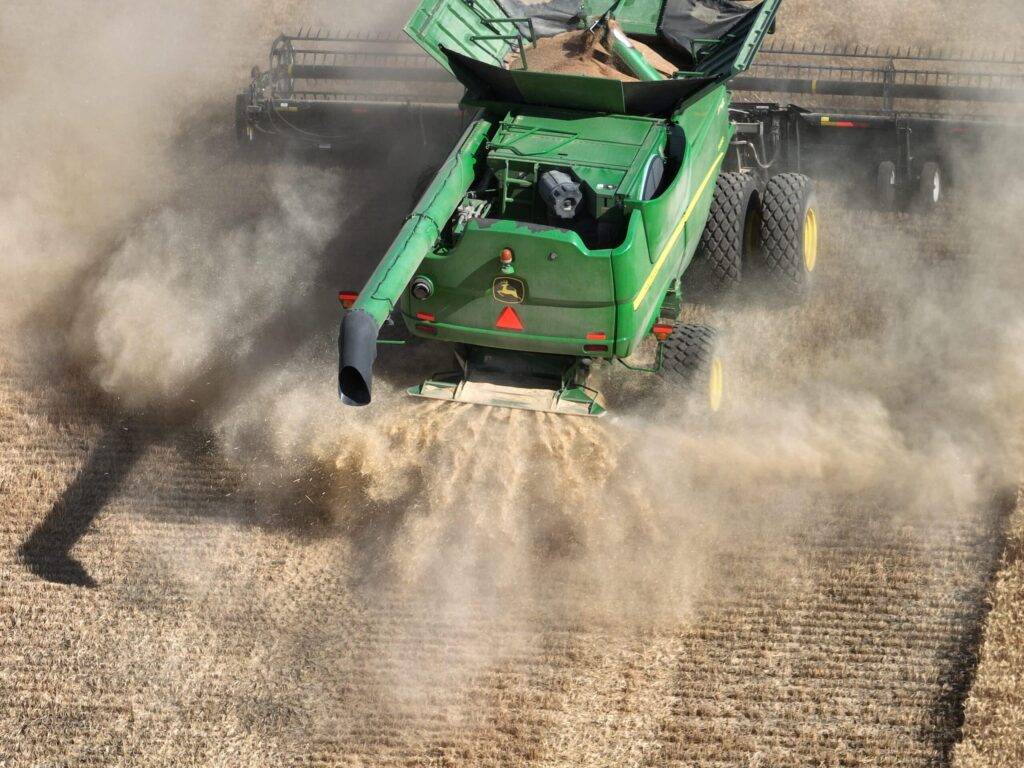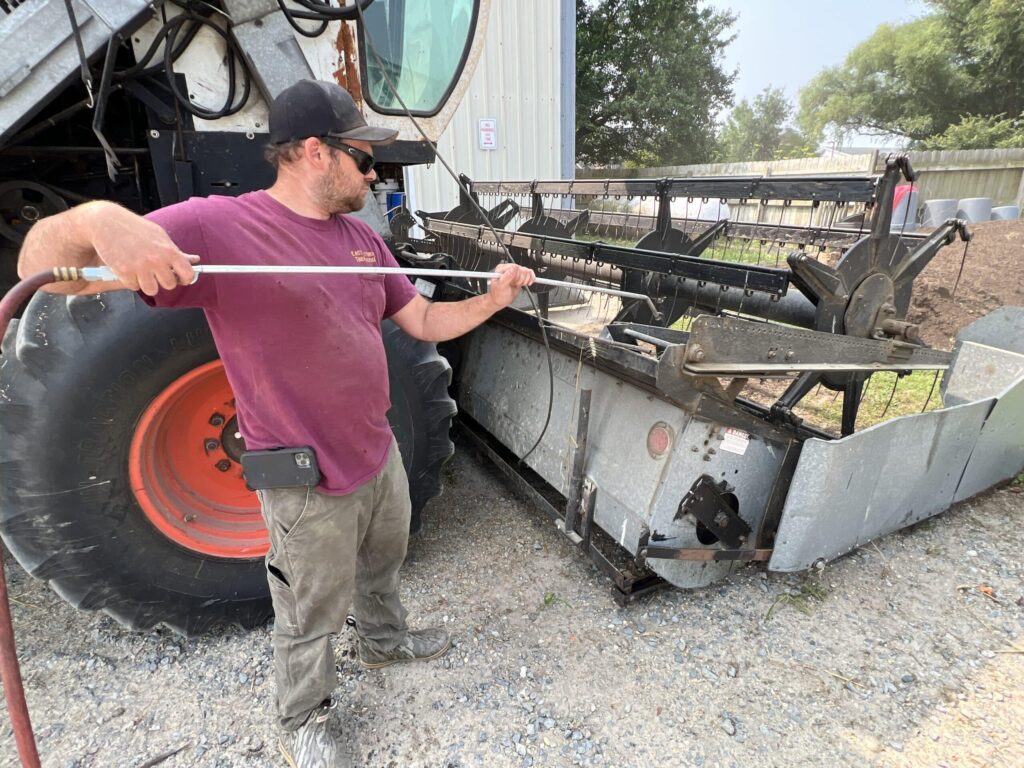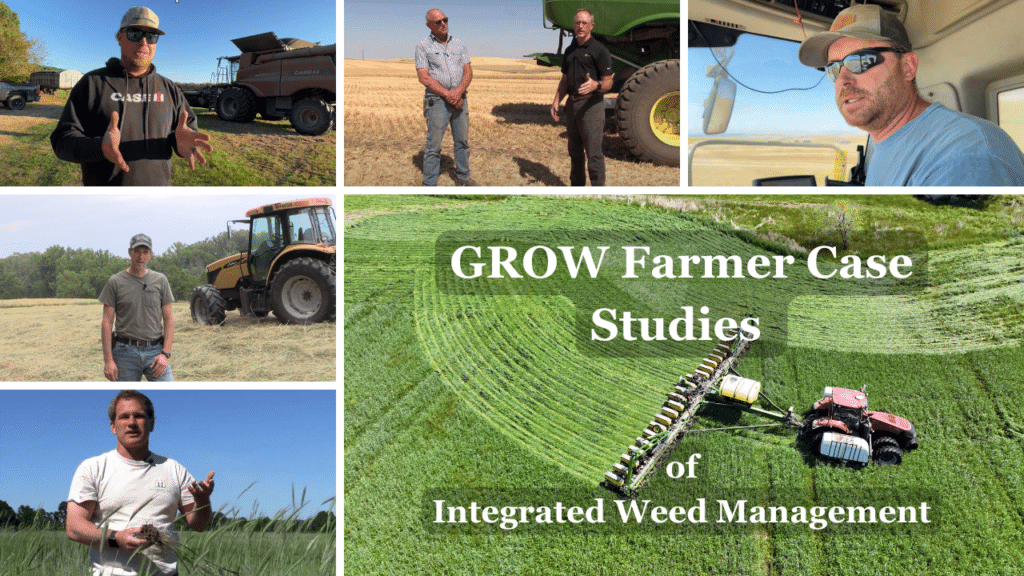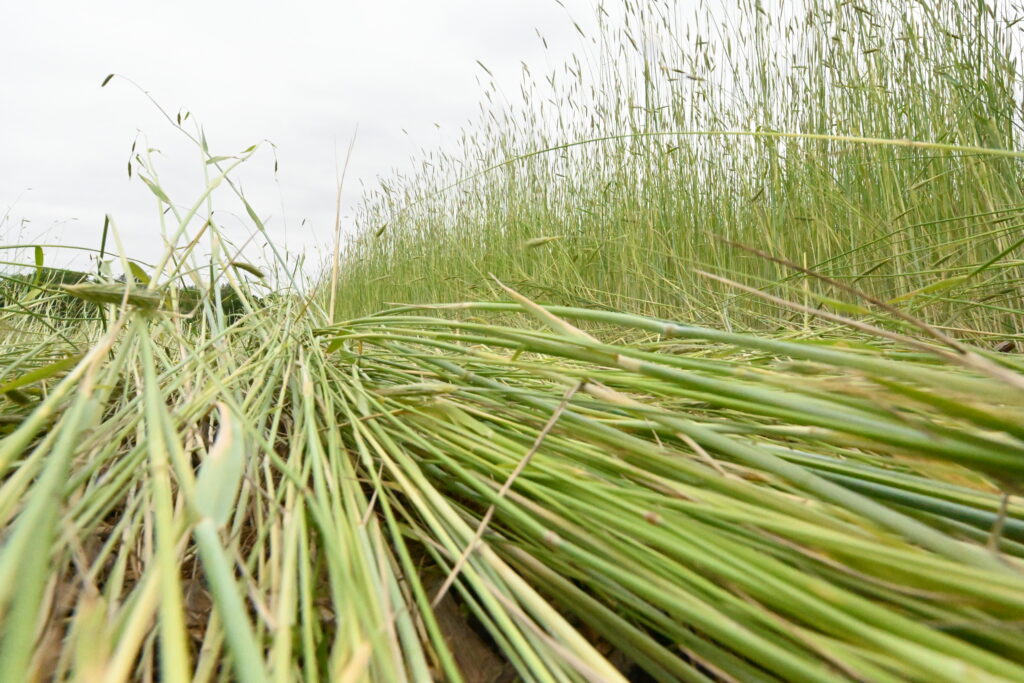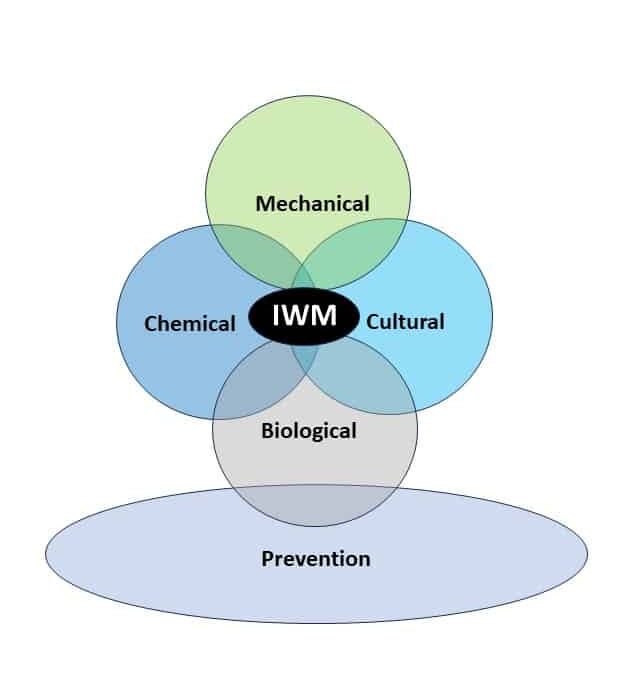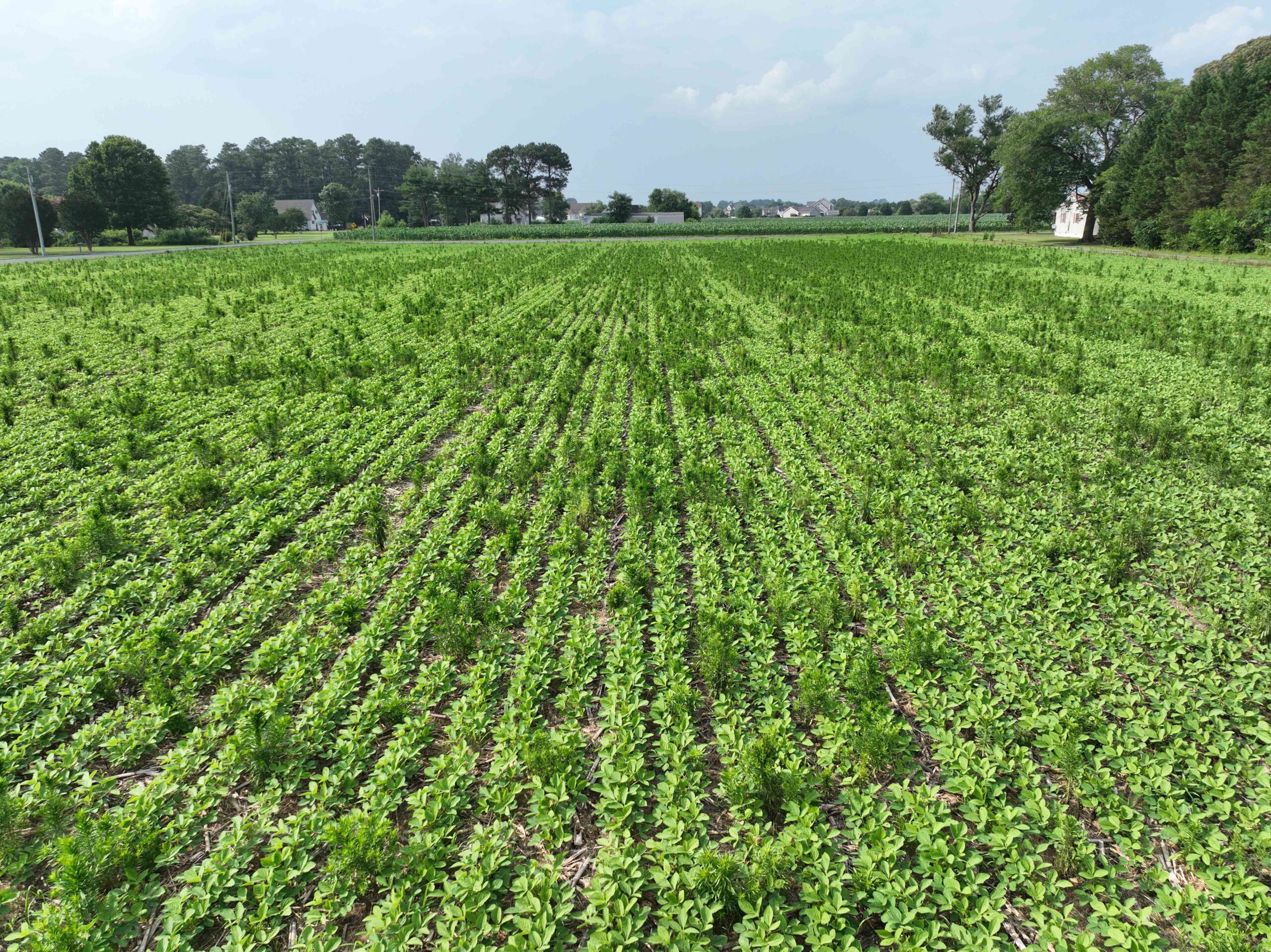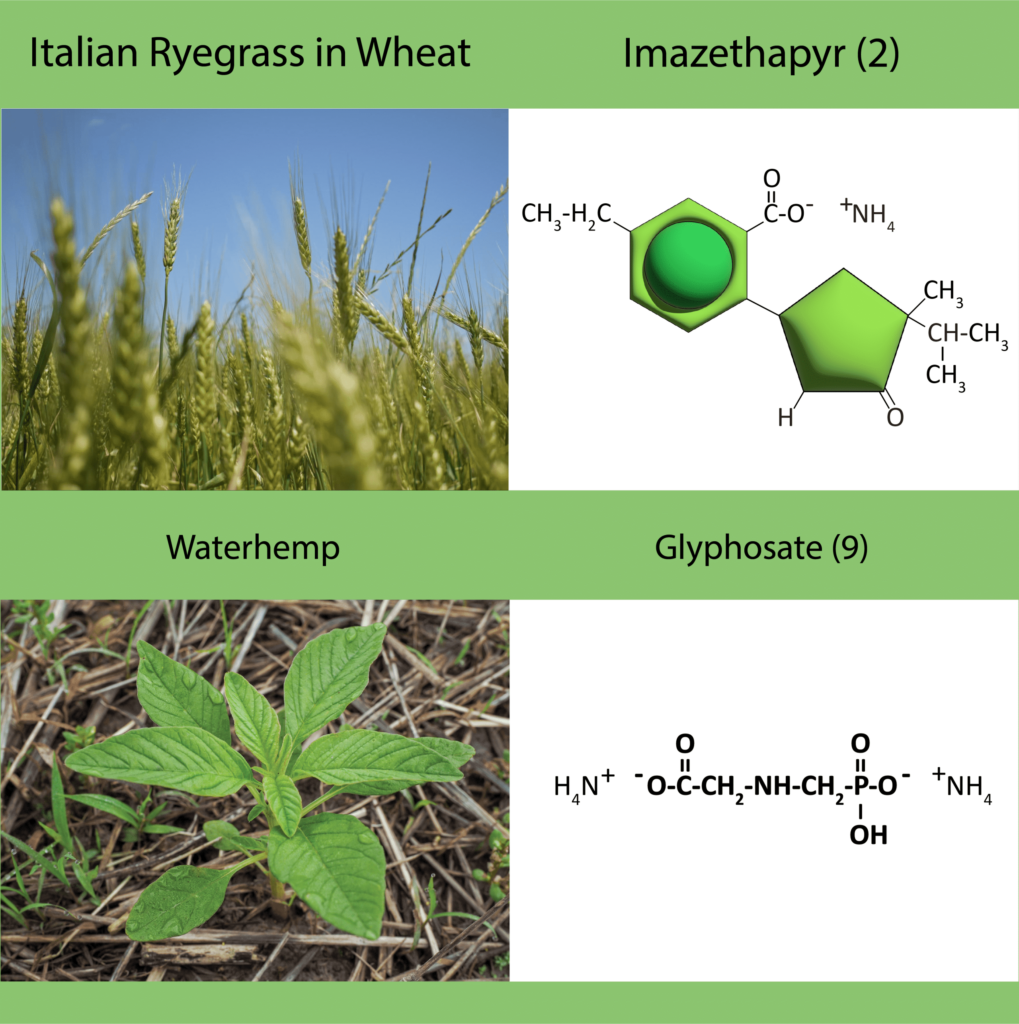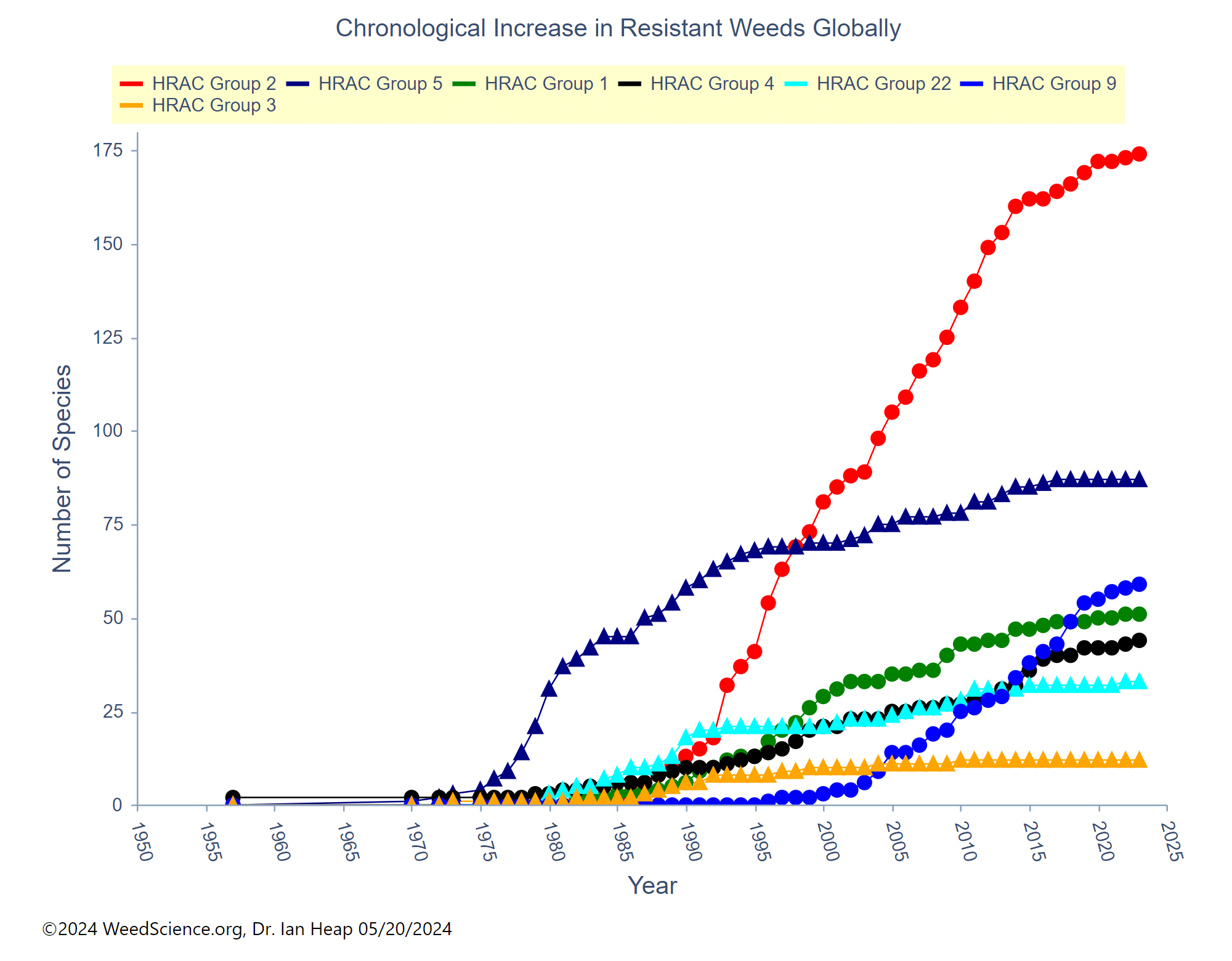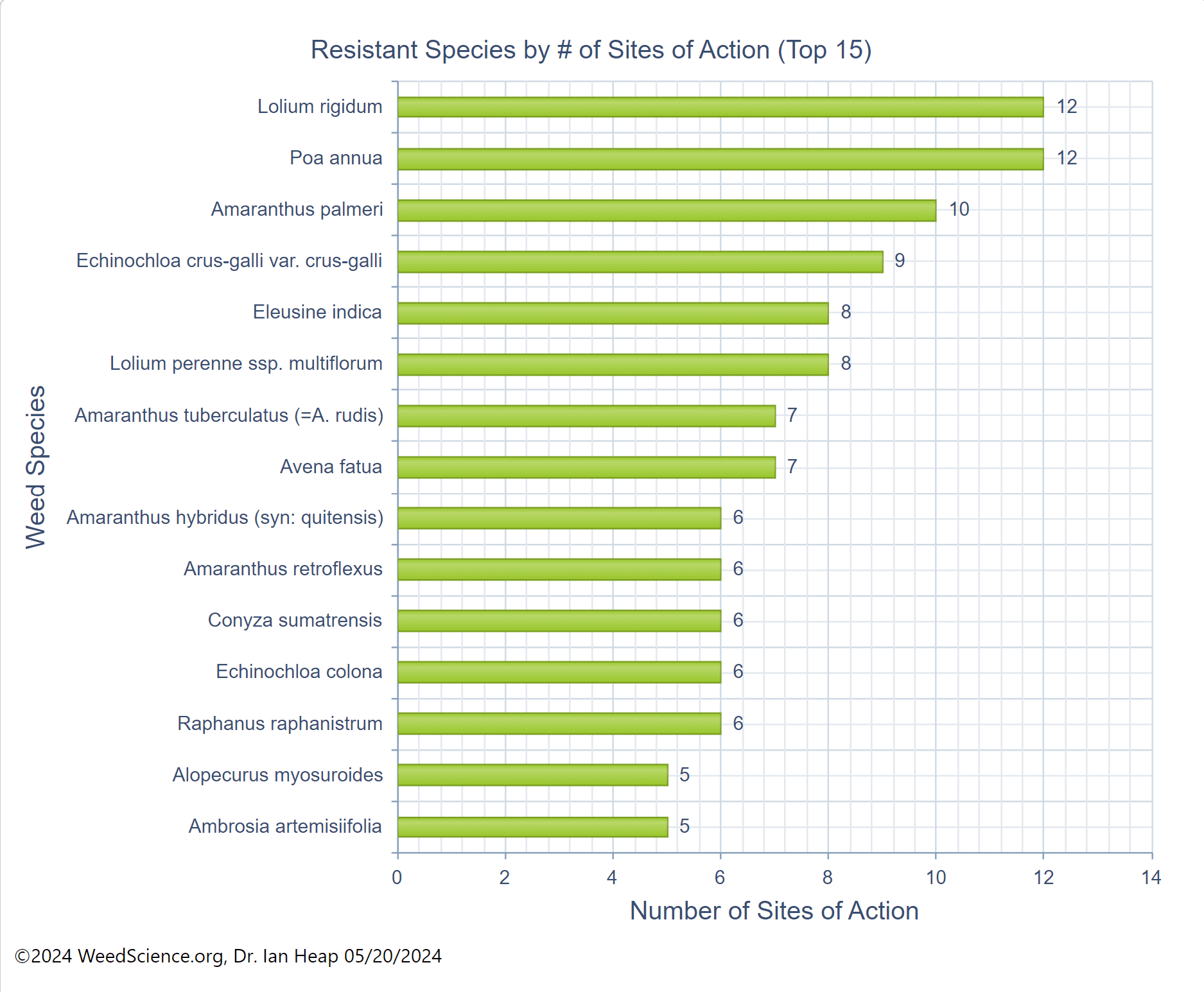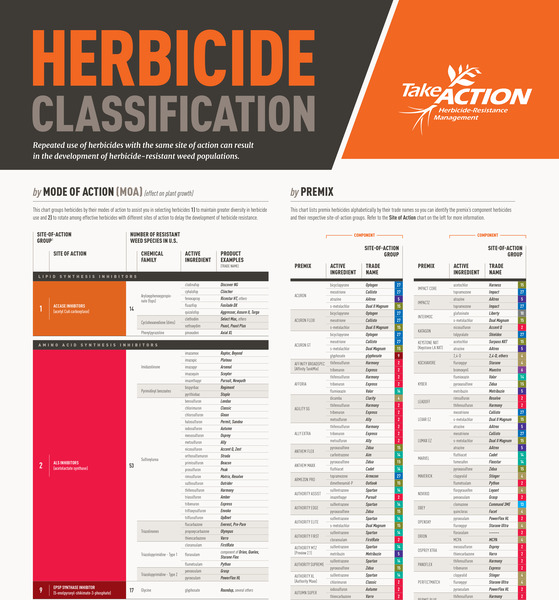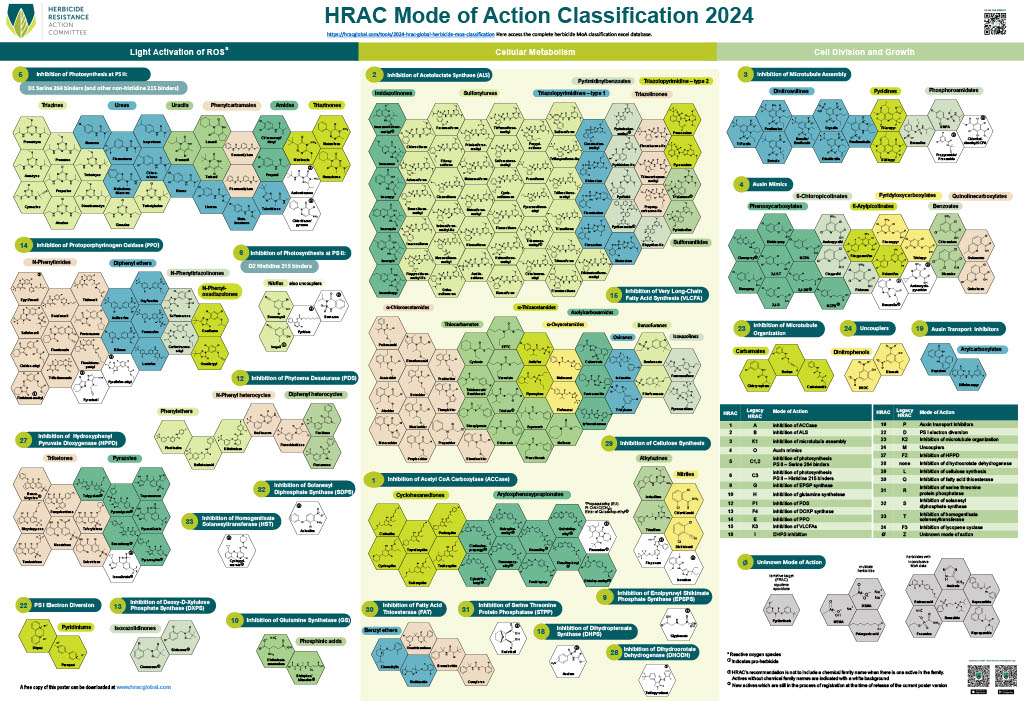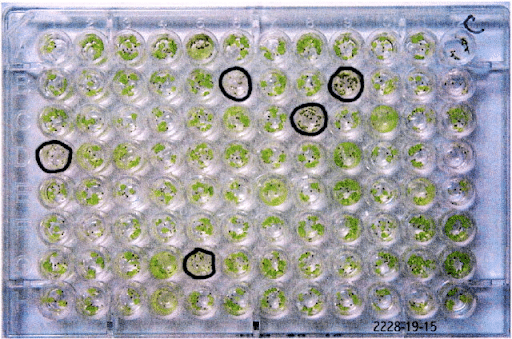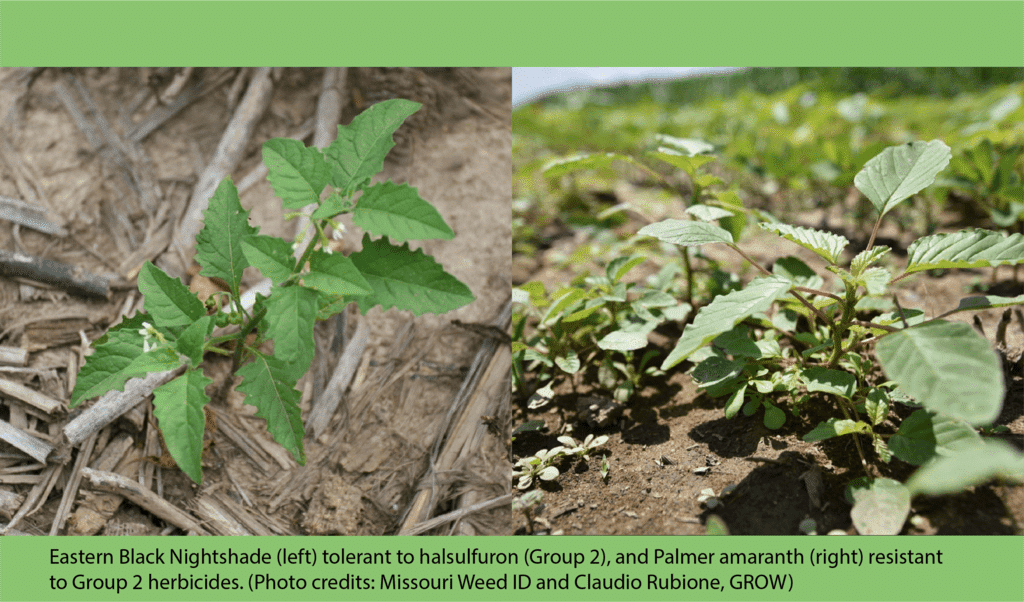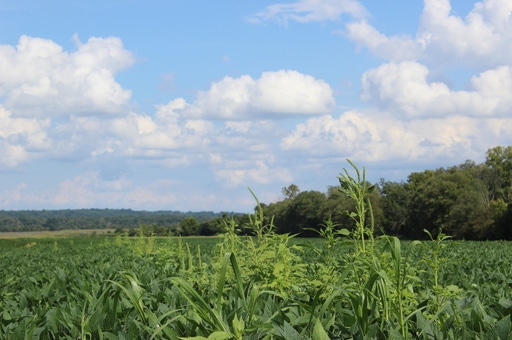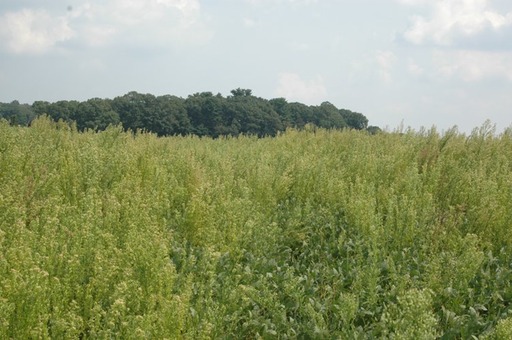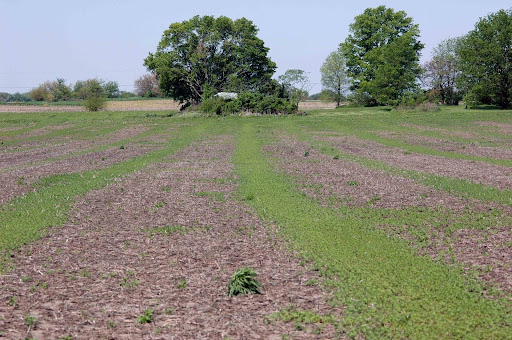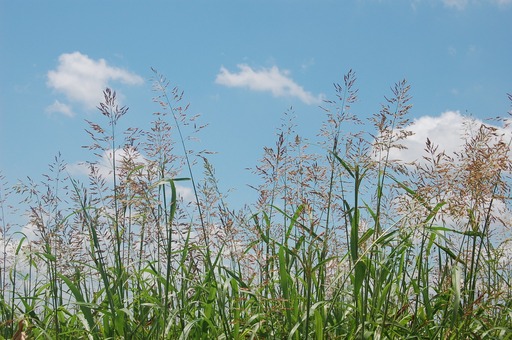Herbicides and Resistance Management
Many state Extension programs publish current herbicide use recommendations for effective weed control and are an excellent source of unbiased information. This often begins with selecting herbicides that control the target weed(s) and applying them at the correct rate and time. For resistance management, this expands to include guidelines for using herbicide mixtures and rotating herbicide modes of action (MOA) as part of an effective integrated weed management program. This page is designed to discuss the principles behind herbicide selection to help mitigate herbicide resistance and to be complementary to state recommendations (see citations section at the end). information exists about herbicide options for herbicide intensive weed control. Many state extension programs publish current recommendations for effective control and are an excellent source of unbiased information. This page is designed to discuss the principles behind herbicide selection and to be complementary to state recommendations.
Selecting Effective Herbicide Options in a Resistance Management Program
Herbicide Group Numbers are found on herbicide labels and listed in educational materials to help users understand how herbicides control weeds (Fig. 1). These herbicide group numbers correspond with individual herbicide modes of action. The MOA describes the way a herbicide works to control weeds. The numerical MOA system groups herbicides and provides a reference for growers and ag professionals to help implement herbicide programs that mitigate resistance.
In contrast, the herbicide site of action, or target site, is the location of the primary interruption/disruption and is often a specific plant enzyme. In most cases, herbicides within the same MOA group have the same site of action (see The Basics of Herbicide Resistance for more details).
Effective herbicide-resistance management must include rotating herbicide MOA, using multiple, effective MOA in mixture, and treating fewer weeds with herbicides by integrating multiple effective management strategies that lessen the impacts of weeds and reduce weed seed production.
Here is a list of herbicide management considerations to help delay and manage herbicide resistance.
- When selecting herbicides, use multiple, effective modes of action in the mixture whenever possible.
- Rotate Herbicide Groups within and between growing seasons. That is, use different MOA groups in each application, whenever possible. Cross resistance within a herbicide mode of action is common, so the need to select alternative effective modes of action is paramount (See the Take Action Herbicide Classification Chart here).
- For herbicide products with multiple Herbicide Group numbers, find out which active ingredient is controlling your target weed. Keep in mind that it may only be one of the active ingredients in the product. In such a case, you should consider tank mixing another herbicide with a different MOA group number that is effective on that weed in order to achieve multiple, effective MOA for each target weed.
- Consider the potential for metabolic resistance in the weeds you are targeting along with the selected herbicide partners (see Sections 8 and 9 in the Basics of Herbicide Resistance). The benefit of using multiple effective modes of action and rotating herbicide MOA to help manage metabolic resistance is more limited and new tactics and technology must be developed that will require a greater emphasis on non-chemical weed management.
- Use best management practices (e.g. full labeled rates, timely applications to young annual weeds, include residual herbicides, etc.) when applying herbicides.
- Monitor fields regularly and scout five to seven days after postemergence applications to evaluate weed control.
- Do not ignore weeds that survive a herbicide application. Make sure these weeds do not set seed.
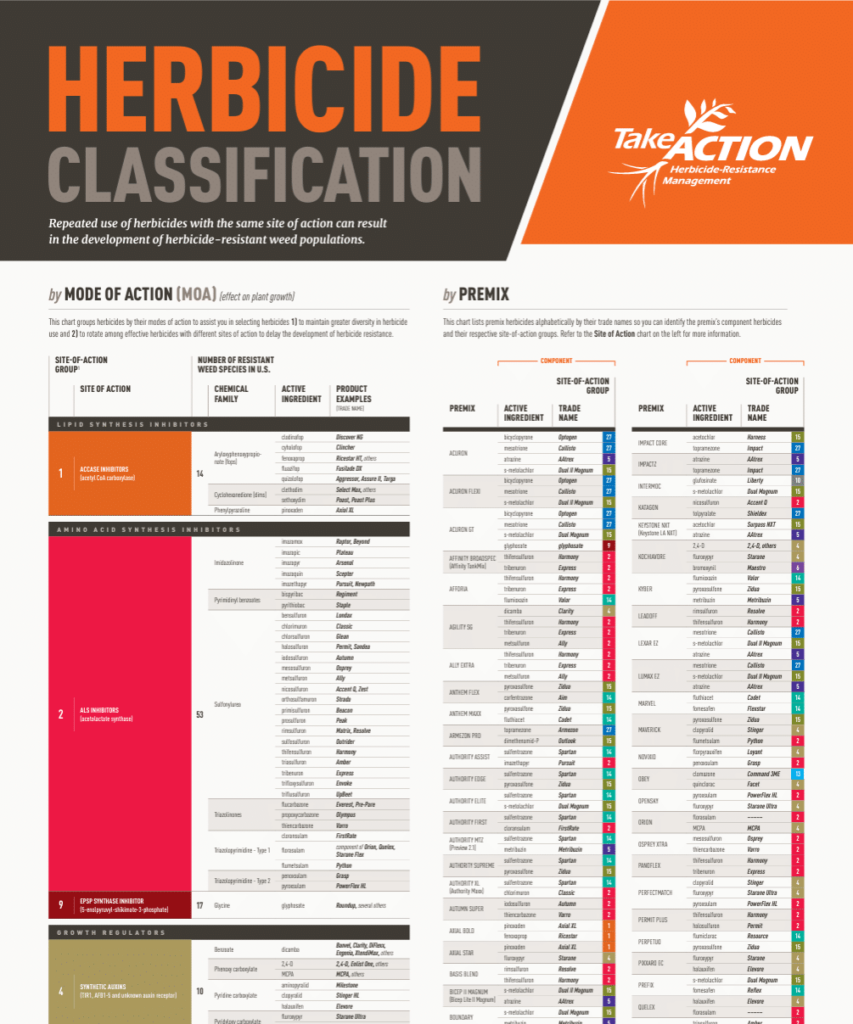
Using Effective Modes of Action in Herbicide Selection.
This video with Dr. Mark VanGessel from the University of Delaware discusses the importance of using multiple effective herbicide modes of action.
See Beyond Herbicide Mode of Action: Considering “Effective” Modes of Action for additional information on strategies for mixing effective herbicide modes of action.
The importance of rotating and using multiple effective herbicides modes of action. The recommendation to rotate herbicide modes of action and use two or more effective MOA in tank mixtures has been a common theme promoted by agricultural professionals to delay resistance. The probability that a weed will evolve resistance to two different herbicide modes of action when used in combination is much less likely than the weed evolving resistance to a single herbicide mode of action. In addition, rotating herbicide groups during and between seasons reduces exposure to the same active ingredient and the potential selection pressure it imposes.
Recent research now suggests herbicide mixtures targeting the same weed tend to be more effective than herbicide rotation in preventing and managing both target-site (Fig. 2) and non-target-site resistance. For herbicide mixing to be most successful, different effective modes of action must be employed at the same time (see The Basics of Herbicide Resistance for more details). Although herbicide MOA rotation may be less impactful than using effective mixtures, repeated use of the same MOA within and between growing seasons will lead to the most rapid evolution of herbicide resistance.
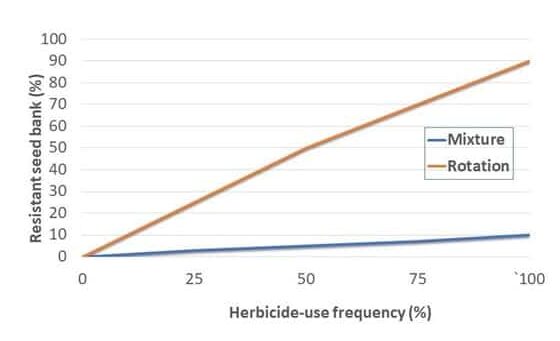
Tank-Mixing or Herbicide Rotation: Which Strategy is Best?
In this video, Dr. Patrick Tranel from the University of Illinois discusses some differences between herbicide tank-mixing and herbicide rotation for management of herbicide resistance.
Resistance evolution. Herbicide resistance can evolve quickly over time with frequent use of the same herbicide MOA and without use of other effective weed control strategies. Resistance from some herbicide groups was evident after three to five years of repeated use, but with other modes of action, it may take seven to 10 (or more) years before pervasive resistance becomes evident (Fig. 3). The herbicide MOA and application frequency, specific weeds and their genetic potential for resistance, and the diversity of weed management tactics practiced on the farm all influence this timeline (see The Basics of Herbicide Resistance for more details).
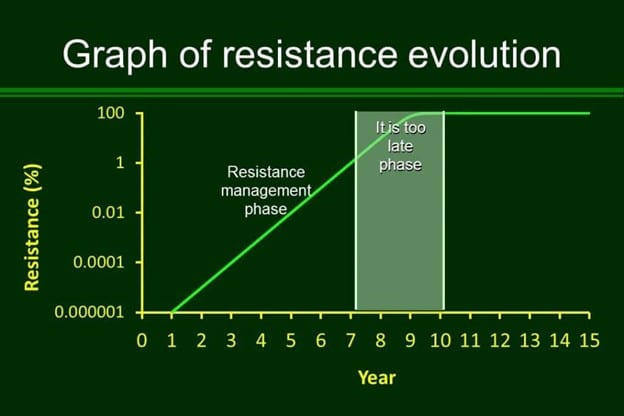
For more information on chemical control click on the button below:
Authors
William Curran, Penn State University (Emeritus)
Mark VanGessel, University of Delaware
Claudio Rubione, GROW
Editor
Emily Unglesbee, GROW
Contributors
Victoria Ackroyd, USDA-ARS
Michael Flessner, Virginia Tech
Bob Hartzler, Iowa State University (Emeritus)
Patrick Tranel, University of Illinois
Citations
Beckie HJ, Reboud X (2009) Selecting for weed resistance: herbicide rotation and mixture. Weed Technology 23:363–370 doi.org/10.1614/WT-09-008.1
Bobadilla L, Tranel P (2023) Predicting the unpredictable: the regulatory nature and promiscuity of herbicide cross resistance. Pest Management Science 80:235-244 doi.org/10.1002/ps.7728
Lingenfelter D, Wallace J, VanGessel M, Vollmer K, Besancon T, Flessner M, Singh V, Chandran R (2024) 2024 Mid-Atlantic Weed Control Guide: Essentials for Agronomic Crops. University Park, PA https://extension.psu.edu/mid- atlantic-field-crop-weed-management-guide Accessed January 20, 2024
Loux M, Essman A, Doohan D, Doebels A, Johnson W, Young B, Zimmer M, Hager A, Bradley K (2024) 2024 Weed Control Guide for Ohio, Indiana, Illinois, and Missouri. College of Food, Agricultural, and Environmental Sciences, Ohio State University, Columbus, OH https://mdc.itap.purdue.edu/ item.asp?Item_Number=WS-16 Accessed November 15, 2023
Michigan State Weed Control Guide https://www.canr.msu.edu/weeds/2024-weed-control-guide
Renton, M., A. Willse, C. Aradhya, A. Tyre, and G. Head. 2024. Simulated herbicide mixtures delay both specialist monogenic and generalist polygenic resistance evolution in weeds. Pest Manag Sci 80:5983-5994. doi 10.1002/ps.8331.

